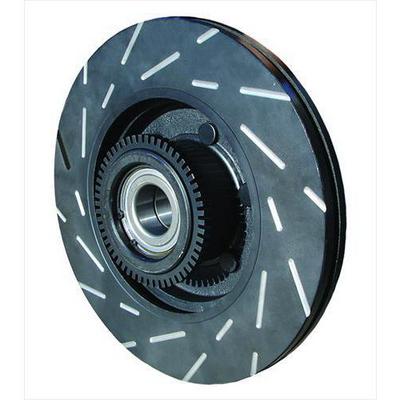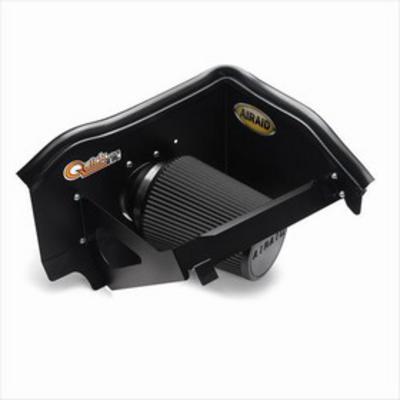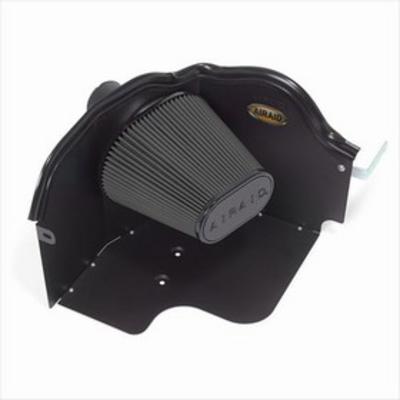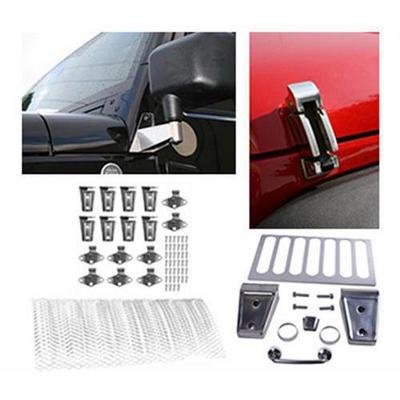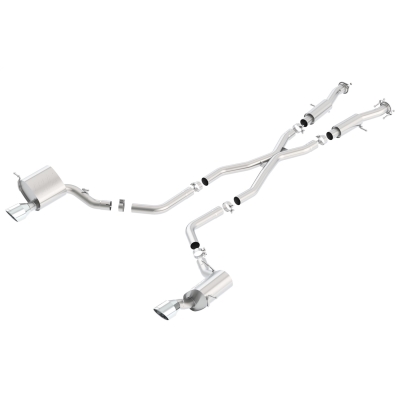Introduction
Exhaust heat recovery and recirculation (EHRR) is a technology that captures heat from exhaust gases and reuses it to improve energy efficiency. This can be done in a variety of ways, but the most common method is to use a heat exchanger to transfer heat from the exhaust gases to a fluid, such as water or air. The heated fluid can then be used to provide space heating, hot water, or process heat.
Benefits of EHRR
There are a number of benefits to using EHRR, including:
Reduced energy consumption: EHRR can help to reduce energy consumption by up to 30%.
Lower operating costs: The reduced energy consumption can lead to lower operating costs.
Improved environmental performance: EHRR can help to reduce greenhouse gas emissions and other pollutants.
Increased comfort: EHRR can help to improve comfort by providing a more even distribution of heat.
How EHRR Works
EHRR systems typically consist of the following components:
A heat exchanger: The heat exchanger is used to transfer heat from the exhaust gases to a fluid, such as water or air.
A fan: The fan is used to circulate the heated fluid through the system.
A distribution system: The distribution system is used to distribute the heated fluid to the desired locations.
Applications of EHRR
EHRR can be used in a variety of applications, including:
Residential: EHRR can be used to provide space heating and hot water in homes.
Commercial: EHRR can be used to provide space heating, hot water, and process heat in commercial buildings.
Industrial: EHRR can be used to recover heat from industrial processes, such as furnaces and kilns.
Conclusion
EHRR is a versatile technology that can be used to improve energy efficiency in a variety of applications. By capturing and reusing heat from exhaust gases, EHRR can help to reduce energy consumption, lower operating costs, improve environmental performance, and increase comfort.
